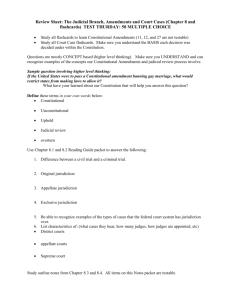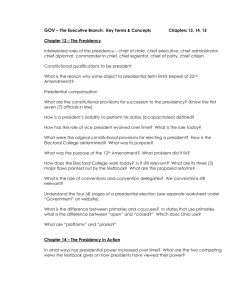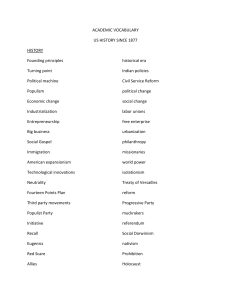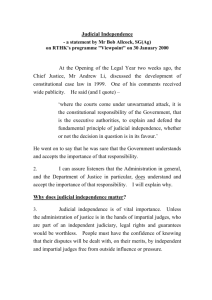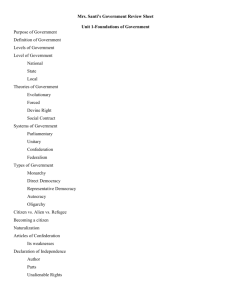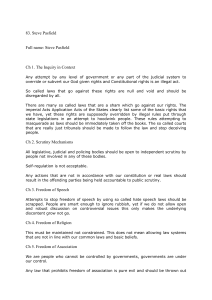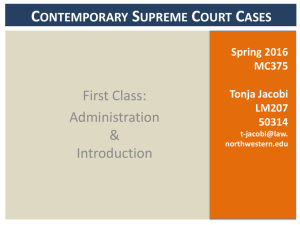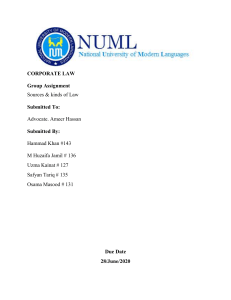EOC Study Guide Semester 2
advertisement
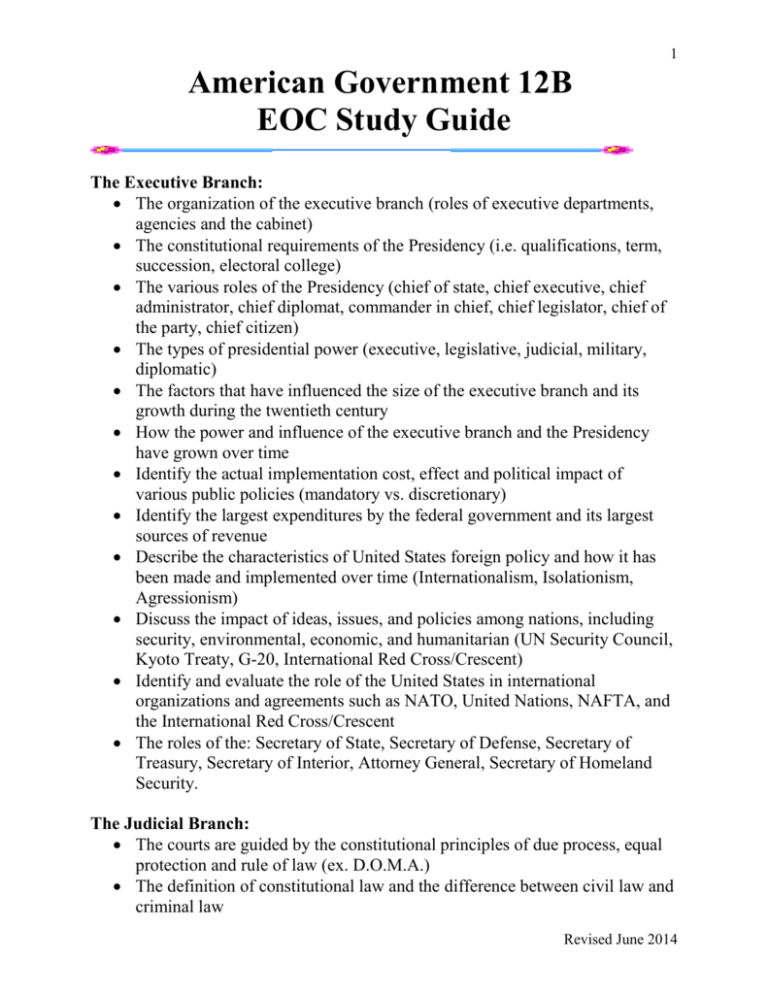
1 American Government 12B EOC Study Guide The Executive Branch: The organization of the executive branch (roles of executive departments, agencies and the cabinet) The constitutional requirements of the Presidency (i.e. qualifications, term, succession, electoral college) The various roles of the Presidency (chief of state, chief executive, chief administrator, chief diplomat, commander in chief, chief legislator, chief of the party, chief citizen) The types of presidential power (executive, legislative, judicial, military, diplomatic) The factors that have influenced the size of the executive branch and its growth during the twentieth century How the power and influence of the executive branch and the Presidency have grown over time Identify the actual implementation cost, effect and political impact of various public policies (mandatory vs. discretionary) Identify the largest expenditures by the federal government and its largest sources of revenue Describe the characteristics of United States foreign policy and how it has been made and implemented over time (Internationalism, Isolationism, Agressionism) Discuss the impact of ideas, issues, and policies among nations, including security, environmental, economic, and humanitarian (UN Security Council, Kyoto Treaty, G-20, International Red Cross/Crescent) Identify and evaluate the role of the United States in international organizations and agreements such as NATO, United Nations, NAFTA, and the International Red Cross/Crescent The roles of the: Secretary of State, Secretary of Defense, Secretary of Treasury, Secretary of Interior, Attorney General, Secretary of Homeland Security. The Judicial Branch: The courts are guided by the constitutional principles of due process, equal protection and rule of law (ex. D.O.M.A.) The definition of constitutional law and the difference between civil law and criminal law Revised June 2014 2 The purpose of the court system is to interpret the law The constitutional provisions regarding the creation of the federal courts The basic structure of the federal courts and Idaho courts The types of jurisdiction (original and appellate) The rights of the accused, including habeas corpus o Gideon v. Wainwright, Miranda v. Arizona, o New Jersey v. T.L.O. Protection of civil rights (Bill of Rights) o Tinker v. Des Moines C. Sch. District, New Jersey v. T.L.O. Judicial review--Marbury v. Madison The role of precedent in court decisions (stare decisis) o Plessy v. Ferguson, Brown v. Board of Education Compare judicial activism and judicial restraint The responsibility of a citizen in the judicial system Federalism’s impact on state and federal courts How a case reaches the Supreme Court Supreme Court: number of justices, term, appointment process, types of decisions, Rule of 4 The roles of the plaintiff and the defendant in a court case State and Local: Rights and responsibilities of a good citizen Structure of Idaho state government (legislative, judicial, executive) Number of Idaho legislative districts and number of senators and representatives for each one Joint Finance Appropriates Committee (JFAC) controls state expenditures Primary expenditures of state and local governments (education, security and recreation) Idaho constitutional limits on state budget and spending The inherent conflicts over resources between state and local governments (unfunded mandates) People are most likely to affect change at the local level (initiative, referendum, recall, running for office, etc.) The purpose of native American treaties and the conflicts over sovereignty Know the forms of city government: mayor-council form, commission form, council-manager form, etc. Primary sources of revenue for state and local governments (property, income and sales taxes, fines, fees, levies and bonds) Identify the actual implementation, cost, effect and political impact of various state and local public policies (mandatory vs. discretionary) Know the main levels of government (Federal, State and Local) Revised June 2014


